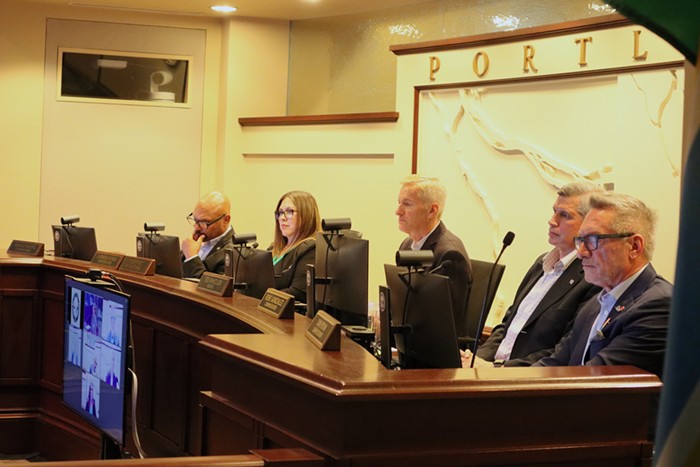This week for an article called "East of Eden", I toured East Portland with Representative Jefferson Smith and discussed how the lands east of 82nd have been shafted time and again by the city. Since the mid-county was annexed (in a process later rules unconstitutional) in the late eighties, East Portland has grown to 28 percent of Portland population, swelled by people and families living inner Portland for the cheaper rent out east.
One of the big victories for East Portland advocates this year was getting Mayor Sam Adams office to make the city break down its budgets geographically. For the first time in the city's history, citizens will now be able to track exactly what percent of city spending is going to which neighborhood.
So what does the breakdown reveal? Well, though the mayor's office has promised that the city will play catchup in East Portland, the draft transportation budget shows only 3.3 percent of transportation funds are slated for East Portland. Check out a pdf of the budget (which will still be reworked by Adams' office) for yourself.
When East Portland residents who sat on the budget committee found out about the unequal split, they penned this letter to the mayor's office, asking for a fair share of the city budget:

- East Glisan: Where the sidewalk ends.
The City has standards, and to not prioritize the redress of substandard areas is to declare such areas as insignificant, irrelevant, or undeserving.We realize that these conditions are recognized, as was reflected in comments made at the recent hearing for the Portland Bicycle Plan. However, it is time for the City to seriously address infrastructure needs in East Portland — both for the existing residents’ quality of life, and the future position of the area in the regional agenda, especially now, as over 11,000 new housing units have been added in East Portland since annexation and approximately 40% of Portland’s school age children live in East Portland.












